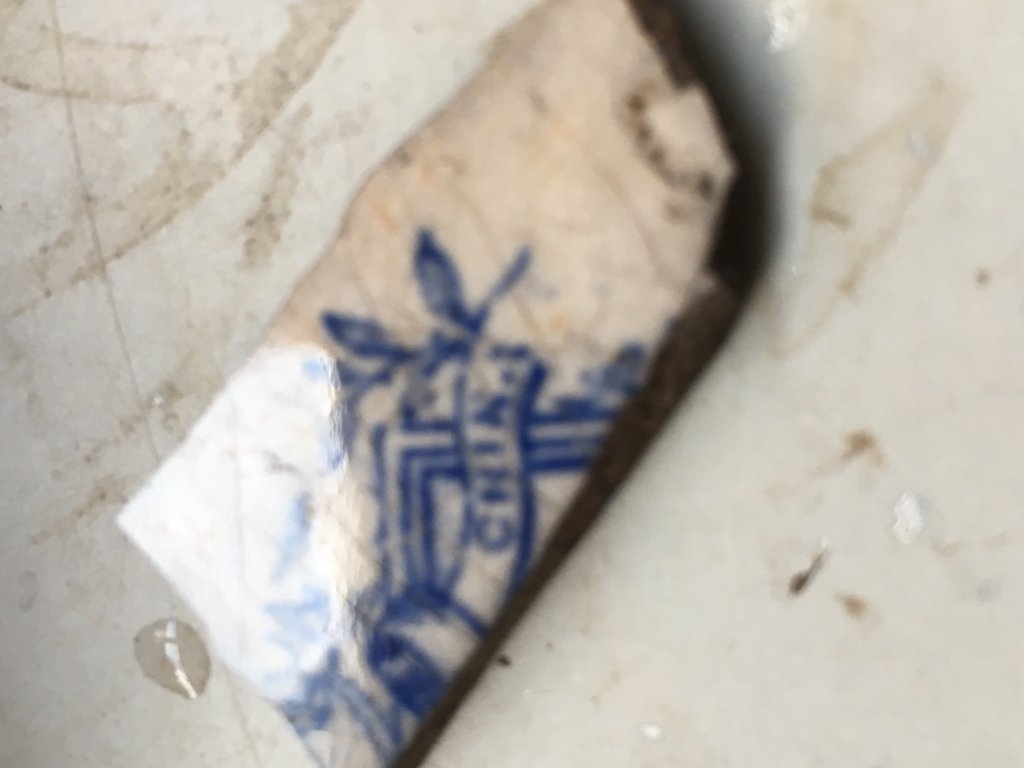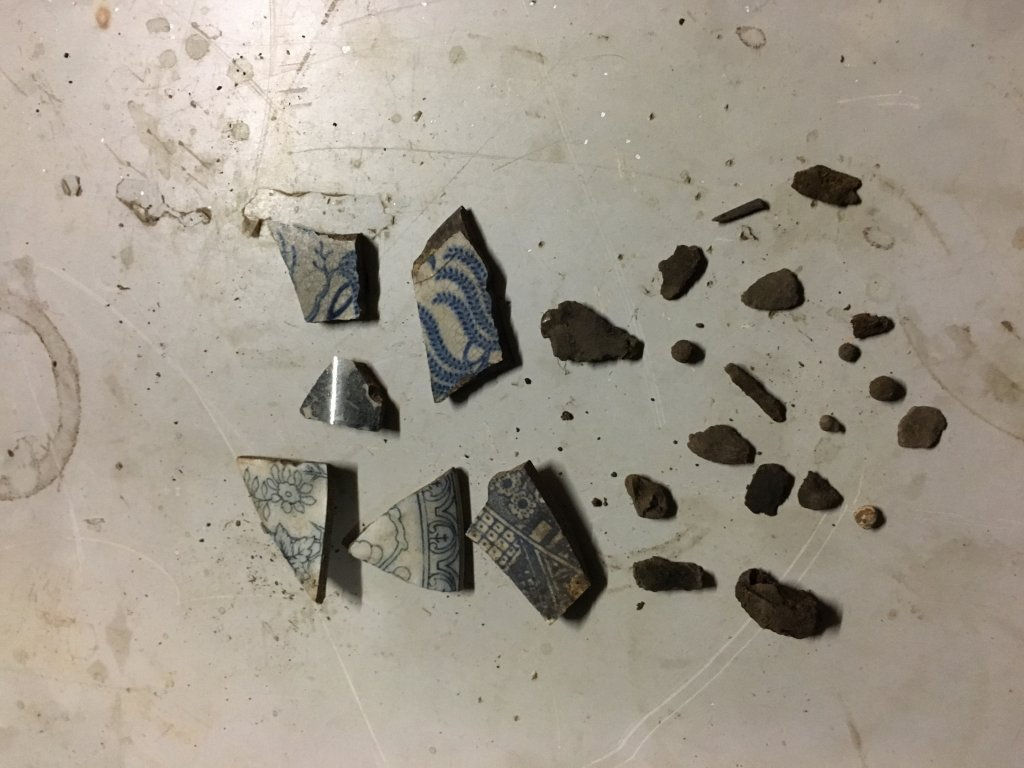You are using an out of date browser. It may not display this or other websites correctly.
You should upgrade or use an alternative browser.
You should upgrade or use an alternative browser.
Two Old blokes stuffing around in the bush
- Thread starter Ward69
- Start date

Help Support Prospecting Australia:
This site may earn a commission from merchant affiliate
links, including eBay, Amazon, and others.
- Joined
- Mar 10, 2016
- Messages
- 7,948
- Reaction score
- 16,024
Round is stronger than square when it comes to shafts so I've been told, I'm happy to roll with that given the fact I don't intend to test the theory 
- Joined
- Dec 28, 2018
- Messages
- 1,327
- Reaction score
- 3,370
How did they dig a round shaft back in those days ?
Sticking a pick and shovel in the sides of the shaft as you dig down would give you straight edges ,but how did they manage to get it so perfectly round ?
The ones i saw today looked like they were bored out with modern day equipment , but this place hasn`t had machinery in there for well over 100 years. There were too many shafts to drive a vehicle in and the trees were very old and tall.
I could google it, but i like to hear answers from real people.
Any ideas ?
FOZ
Sticking a pick and shovel in the sides of the shaft as you dig down would give you straight edges ,but how did they manage to get it so perfectly round ?
The ones i saw today looked like they were bored out with modern day equipment , but this place hasn`t had machinery in there for well over 100 years. There were too many shafts to drive a vehicle in and the trees were very old and tall.
I could google it, but i like to hear answers from real people.
Any ideas ?
FOZ
- Joined
- Dec 28, 2018
- Messages
- 1,327
- Reaction score
- 3,370
Something else i dug up and forgot about is this little copper or brass pointer.
Looks like it could be the hand of an old clock ,going by the way one end is curled and the other end is tapered like a clock hand would be.
I still have to clean it up ,but can`t find a maker`s mark on this.
The arrow points to an indentation ,but there is nothing written on it.
The whole thing is about 3 inches long and 2 or 3mm wide.
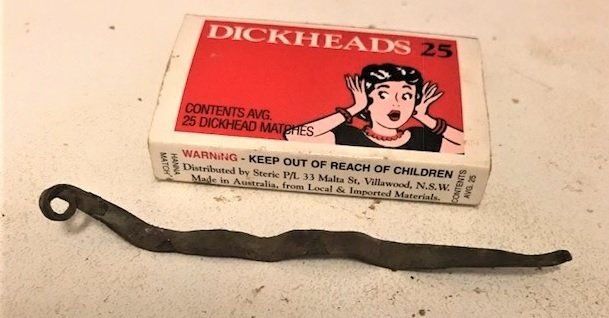

FOZ
Looks like it could be the hand of an old clock ,going by the way one end is curled and the other end is tapered like a clock hand would be.
I still have to clean it up ,but can`t find a maker`s mark on this.
The arrow points to an indentation ,but there is nothing written on it.
The whole thing is about 3 inches long and 2 or 3mm wide.


FOZ
just starting said:How did they dig a round shaft back in those days ?
Sticking a pick and shovel in the sides of the shaft as you dig down would give you straight edges ,but how did they manage to get it so perfectly round ?
The ones i saw today looked like they were bored out with modern day equipment , but this place hasn`t had machinery in there for well over 100 years. There were too many shafts to drive a vehicle in and the trees were very old and tall.
I could google it, but i like to hear answers from real people.
Any ideas ?
FOZ
Good question, Ive never seen a round shovel. And going down perfectly round for 60 odd feet. Because of lack of hard rock on top. The oldies was following an old river course. And the lack of mullock heaps in the area, it looks like it was taken away to process. After walking in this area for months now , theres very little signs of camps or rubbish left behind, Foz is good at taking photos. While Im trying to read the ground more. Yesterday found lots of iron and lead shot. But came across this.
There was a signal and slowing dug up difference dirt. Blackish to comparison to a meter away. Fire place. Lots of broken glass, the colour of glass is blue, And lot more signals to handle in one day. So keeping this in to do list. When Foz is working. Now back to more research. Looking at following the old river, to the source.Ward69 said:
- Joined
- Dec 28, 2018
- Messages
- 1,327
- Reaction score
- 3,370
" Foz is good at taking photos " ?
I only took 6 pictures out in the forest yesterday .You were the one taking videos !
Listen here , young fella. When you were digging that nugget out in the last patch we went to, i stood near the top of the plethora of mines looking down the hill to work out what happened in this area when it was being worked and started to walk down with the detector turned off.
I saw a lot of mineshafts very close together and noticed a big ditch that looked like it may have been used to hold water. Further down on my right i found all these big holes that ressembled test holes that were all in a row and came down the hill on an angle and led to the area in the middle of where i was and close to the old puddler that had not seen anyone go near it for decades. It had ferns growing inside it. Every one of those holes seemed to get shallower than the last one as they went down the hill. Almost like the water was fed from the first one at the top and spilled into each one as gravity took it to the bottom . There was a mineshaft only a few feet above where the puddler was. Was this series of holes feeding the water to the puddler and was the mine above it the source of quartz ?
Unusual to see a puddler in a hillside. Usually they are on fairly flat ground.
The mines petered out further down the hill where the ground started to flatten out . There were lots of diggings on my left and not so many on the right as i got to the bottom. You could see a handful of old tracks and the paths the water took . Plenty of trees decades old in between the mines ,but not 160 years` old. This place used to be an open area with the tree canopy on the edge of it , i reckon. I could be wrong. Got my thoughts on where i want to look next time,going on what i saw. I think i could find the main campsite,too.
How are your quads ,today ? Not talking about betting on the horses ,either. My left quad muscle was sore last night ,but got better once i got to work.
Did you notice the biggest thing about yesterday , Mark ?
No bullets. I didn`t pick up a single one. You didn`t either ,did you ?
I only took 6 pictures out in the forest yesterday .You were the one taking videos !
Listen here , young fella. When you were digging that nugget out in the last patch we went to, i stood near the top of the plethora of mines looking down the hill to work out what happened in this area when it was being worked and started to walk down with the detector turned off.
I saw a lot of mineshafts very close together and noticed a big ditch that looked like it may have been used to hold water. Further down on my right i found all these big holes that ressembled test holes that were all in a row and came down the hill on an angle and led to the area in the middle of where i was and close to the old puddler that had not seen anyone go near it for decades. It had ferns growing inside it. Every one of those holes seemed to get shallower than the last one as they went down the hill. Almost like the water was fed from the first one at the top and spilled into each one as gravity took it to the bottom . There was a mineshaft only a few feet above where the puddler was. Was this series of holes feeding the water to the puddler and was the mine above it the source of quartz ?
Unusual to see a puddler in a hillside. Usually they are on fairly flat ground.
The mines petered out further down the hill where the ground started to flatten out . There were lots of diggings on my left and not so many on the right as i got to the bottom. You could see a handful of old tracks and the paths the water took . Plenty of trees decades old in between the mines ,but not 160 years` old. This place used to be an open area with the tree canopy on the edge of it , i reckon. I could be wrong. Got my thoughts on where i want to look next time,going on what i saw. I think i could find the main campsite,too.
How are your quads ,today ? Not talking about betting on the horses ,either. My left quad muscle was sore last night ,but got better once i got to work.
Did you notice the biggest thing about yesterday , Mark ?
No bullets. I didn`t pick up a single one. You didn`t either ,did you ?
- Joined
- Dec 28, 2018
- Messages
- 1,327
- Reaction score
- 3,370
I am interested in what you find out about the fine china you dug up. Have you discovered it`s age or origins ?
Don`t say it came from China. You know what i meant !!!!!!!
Don`t say it came from China. You know what i meant !!!!!!!
Have search a little but only have the word China with in a ribbon. By look at the other pieces its was a bowl. Agree. The walk in was hard work. Specially on the way back with kilos of dirt on the back. Finally clean up only 6 lead shot Lots of different coloured glass , old square headed nails, iron etc.
- Joined
- Dec 28, 2018
- Messages
- 1,327
- Reaction score
- 3,370
Only 100 pieces to go and you have the whole bowl !!!!!!!!!!!!!
- Joined
- Jul 31, 2018
- Messages
- 252
- Reaction score
- 302
just starting said:Only 100 pieces to go and you have the whole bowl !!!!!!!!!!!!!
Or 100 parts of 100 bowls very interesting thread thank you
Pagan P
Many thanks Pagan P ,The thread, is not all about finding the gold , thats only a bonus. Its about history, If there was a couple of hundred miners within 1 square acre. Living and digging for months to years. 100 years ago How they lived specially in the cold weather in Ballarat, in researching one husband and wife , they had 17 kids (no TV back then) only 5 made it to adulthood, the rest died with different illness, theres no recorded graves for them, From the research so far , The GT has many stories to tell us , we only just learning about it. The oldies did it hard but only found the easy gold , Now its up to us as prospectors to find the next gold rush. History repeats its self again and again
Thanks Mark
Thanks Mark
Yeah I believe they used a round uit Ojust starting said:How did they dig a round shaft back in those days ?
Sticking a pick and shovel in the sides of the shaft as you dig down would give you straight edges ,but how did they manage to get it so perfectly round ?
The ones i saw today looked like they were bored out with modern day equipment , but this place hasn`t had machinery in there for well over 100 years. There were too many shafts to drive a vehicle in and the trees were very old and tall.
I could google it, but i like to hear answers from real people.
Any ideas ?
FOZ
- Joined
- Dec 28, 2018
- Messages
- 1,327
- Reaction score
- 3,370
Panned that dirt from last weekend and got a few small bits of fine gold out of it. Nothing big enough to write home about ,though.
But i also spent 2 hours getting the micro gold out of it. Lots of it ,too . And there was a tiny bit of lead in there . No wonder the ground was buzzing.
My aim is to fill my glass vial with gold by the end of the year. See what happens.
Remember ,dig everything. If you are not sure if you found something in the ground ,take the dirt home with you and have a look.
Got a large turbo pan the other day and it is fantastic. Makes the job so much easier and faster .
FOZ
But i also spent 2 hours getting the micro gold out of it. Lots of it ,too . And there was a tiny bit of lead in there . No wonder the ground was buzzing.
My aim is to fill my glass vial with gold by the end of the year. See what happens.
Remember ,dig everything. If you are not sure if you found something in the ground ,take the dirt home with you and have a look.
Got a large turbo pan the other day and it is fantastic. Makes the job so much easier and faster .
FOZ
- Joined
- Dec 28, 2018
- Messages
- 1,327
- Reaction score
- 3,370
Right .......... Today . Stayed in bed and watched tv all day. Too cold to go out.
Like hell.......................
7.15 am and snow was in the area ,the rain was light ,but it was very cold . 3 jackets ,some gloves and a beanie and i was out at the creek waiting for Ward69 .
We headed off on our usual long walk into the bush at about 8am to find the place to go to today and this is what we were confronted with .
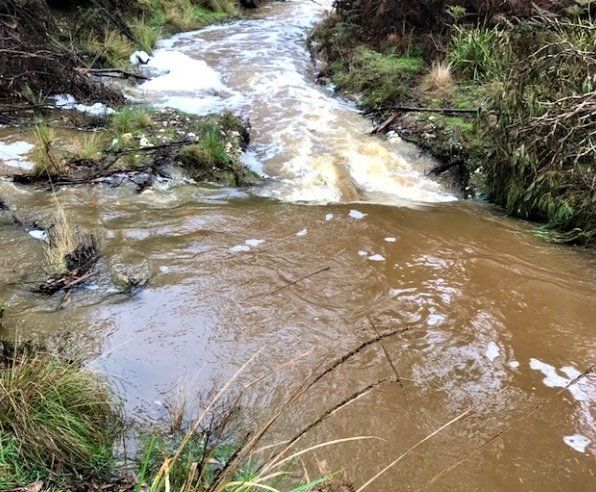
We had a lucky break with the rain pelting down the last few days ,so we took the opportunity we thought were weren`t going to get again this year.
Plenty of rain means plenty of water ,but this can also be a problem. We walked a bit further than usual to find the right spot ,but the creek is running really fast .
I decided to set up my sluice up on the flat ground where the water was running freely and had the idea to go down the bank and fill the bucket with dirt and bring it up to the sluice. This was my version of high banking. Putting the sluice high up on the bank, but do the hard yards to run the dirt through it. You can see the running water in the background.
This was the first spot i picked . The sluice was set up perfectly ,but the water in the creek was too high and impossible to dig anything out.
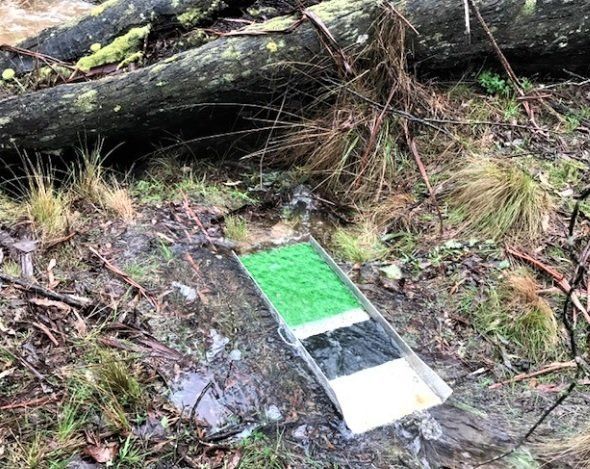
Then i walked up further and set it up again . I had to improvise to get the job done and carried the dirt to the sluice through the scrub from a spot i could barely get to.
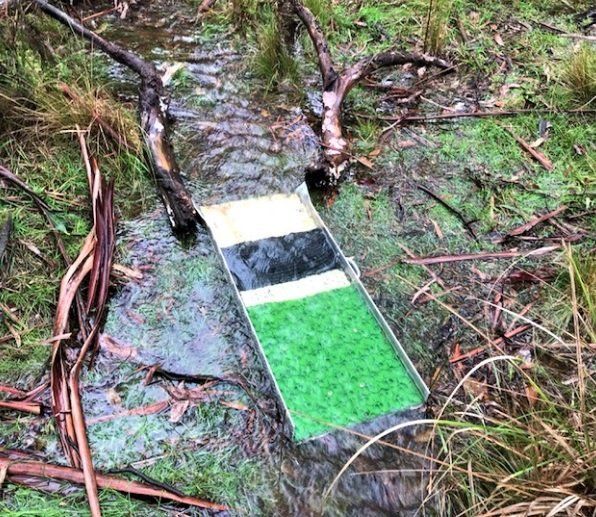
After running a few buckets through it , i got a little bit of colour ,but not much . Then Ward69 and i found an area we could put the sluice in on the side with less water flow and then the real hard yakka started. We dug and classified alot of dirt and ran it through the sluice. We spent a few hours doing this and didn`t really get much out of it. Small gold ,but not in big numbers.
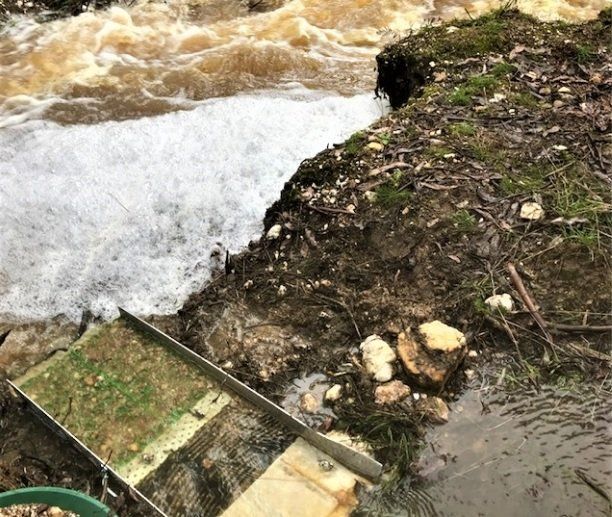
2 pans ,1 classifier , i shovel , 2 old blokes and a homemade sluice. What could go wrong ? It rained ,the sunshine came out every now and then and at the end of it, i lost my footing when i stepped too close to the bank and luckily fell away from the torrent of water .
This is the size of the pans we were using . Lots of material to process out there.
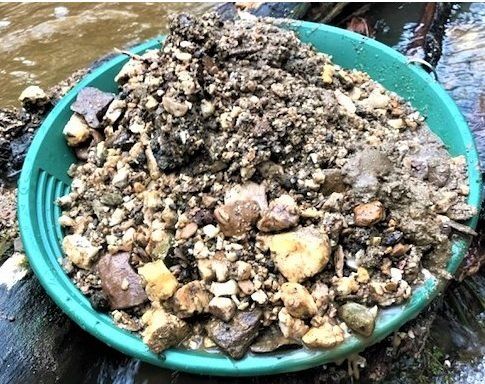
Quite a long day after starting early. This was a team effort ,so thanks for the day out , Mark.
Don`t tell them about me tripping over in soggy gumboots and spoiling the first bucket of material i got, will you Mark ?
FOZ
Like hell.......................
7.15 am and snow was in the area ,the rain was light ,but it was very cold . 3 jackets ,some gloves and a beanie and i was out at the creek waiting for Ward69 .
We headed off on our usual long walk into the bush at about 8am to find the place to go to today and this is what we were confronted with .

We had a lucky break with the rain pelting down the last few days ,so we took the opportunity we thought were weren`t going to get again this year.
Plenty of rain means plenty of water ,but this can also be a problem. We walked a bit further than usual to find the right spot ,but the creek is running really fast .
I decided to set up my sluice up on the flat ground where the water was running freely and had the idea to go down the bank and fill the bucket with dirt and bring it up to the sluice. This was my version of high banking. Putting the sluice high up on the bank, but do the hard yards to run the dirt through it. You can see the running water in the background.
This was the first spot i picked . The sluice was set up perfectly ,but the water in the creek was too high and impossible to dig anything out.

Then i walked up further and set it up again . I had to improvise to get the job done and carried the dirt to the sluice through the scrub from a spot i could barely get to.

After running a few buckets through it , i got a little bit of colour ,but not much . Then Ward69 and i found an area we could put the sluice in on the side with less water flow and then the real hard yakka started. We dug and classified alot of dirt and ran it through the sluice. We spent a few hours doing this and didn`t really get much out of it. Small gold ,but not in big numbers.

2 pans ,1 classifier , i shovel , 2 old blokes and a homemade sluice. What could go wrong ? It rained ,the sunshine came out every now and then and at the end of it, i lost my footing when i stepped too close to the bank and luckily fell away from the torrent of water .
This is the size of the pans we were using . Lots of material to process out there.

Quite a long day after starting early. This was a team effort ,so thanks for the day out , Mark.
Don`t tell them about me tripping over in soggy gumboots and spoiling the first bucket of material i got, will you Mark ?
FOZ
- Joined
- Dec 28, 2018
- Messages
- 1,327
- Reaction score
- 3,370
Ward69 and i went for a quick swing ,today and had a go at this big rock / boulder that started to talk to our detectors and the pinpointer ,using a small pick i have had since i was a kid when we used to chase gemstones with a club in stawell.
The rock / boulder is about 2 feet long by 1 foot wide, sitting about a foot up out of the ground and was stuck solid 1/2 way down a hill.
The rock contained quartz and ironstone and had some flower gold around the base of it in the dirt .
We used a magnet to pick up some of the ironstone after crushing it in the dolly and panning it out . I think i may have a couple of small bits of gold in the quartz that i was starting to clean up when the weather closed in and couldn`t finish .so it is now sitting in salt and vinegar to separate the quartz from the gold .if there is any there.. The rest of the rock samples we got will be cleaned up as we get time.
Ward69 has some questions to ask about it.
Here are the before and after pictures we took.
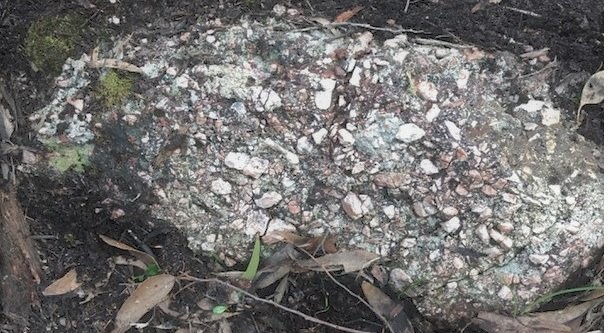
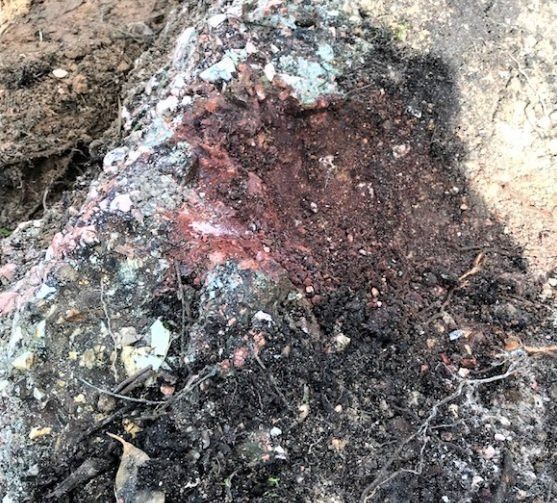
Over to you, Ward69....................................................
FOZ
The rock / boulder is about 2 feet long by 1 foot wide, sitting about a foot up out of the ground and was stuck solid 1/2 way down a hill.
The rock contained quartz and ironstone and had some flower gold around the base of it in the dirt .
We used a magnet to pick up some of the ironstone after crushing it in the dolly and panning it out . I think i may have a couple of small bits of gold in the quartz that i was starting to clean up when the weather closed in and couldn`t finish .so it is now sitting in salt and vinegar to separate the quartz from the gold .if there is any there.. The rest of the rock samples we got will be cleaned up as we get time.
Ward69 has some questions to ask about it.
Here are the before and after pictures we took.


Over to you, Ward69....................................................
FOZ
just starting said:Ward69 and i went for a quick swing ,today and had a go at this big rock / boulder that started to talk to our detectors and the pinpointer ,using a small pick i have had since i was a kid when we used to chase gemstones with a club in stawell.
The rock / boulder is about 2 feet long by 1 foot wide, sitting about a foot up out of the ground and was stuck solid 1/2 way down a hill.
The rock contained quartz and ironstone and had some flower gold around the base of it in the dirt .
We used a magnet to pick up some of the ironstone after crushing it in the dolly and panning it out . I think i may have a couple of small bits of gold in the quartz that i was starting to clean up when the weather closed in and couldn`t finish .so it is now sitting in salt and vinegar to separate the quartz from the gold .if there is any there.. The rest of the rock samples we got will be cleaned up as we get time.
Ward69 has some questions to ask about it.
Here are the before and after pictures we took.
https://www.prospectingaustralia.com/forum/img/member-images/14279/1566145990_rock1.jpg
https://www.prospectingaustralia.com/forum/img/member-images/14279/1566146011_rock2.jpg
Over to you, Ward69....................................................
FOZ
Lots of questions
Maybe Goldierocks. Can answer them,
The rocky outcrop, looks like secondary formed rock? The Quartz has been reformed into another rock and it was at the bottom of sea or lake and then hill was pushed up? Below the outcrop there is massive diggings about 200 to 300 meters down the hill. After breaking up some samples, tennis balls size , there is lots of iron stones with some fly specs of gold with in the iron stone. Is this call. Native gold? I can see why the oldies have left it. Lots of work smashing up the rock. With little in return.
Thanks Mark
Similar threads
- Replies
- 33
- Views
- 8K
- Replies
- 101
- Views
- 25K
- Replies
- 55
- Views
- 16K



